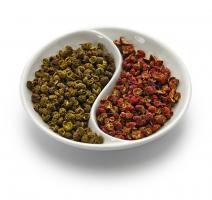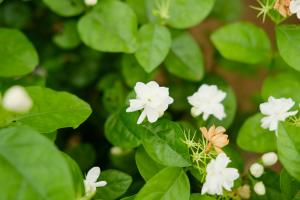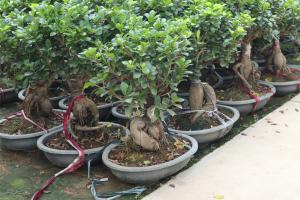1、 Curing method
1. Temperature: the range of 20 to 25 degrees is relatively the most suitable. It can't be too high or too low. In summer, in particular, it should not be too muggy, and the humidity should not be too high. In winter, the suitable temperature for overwintering is preferably between 10 and 15 degrees
2. Light: the environment suitable for sea taro is semi cloudy, that is to say, it can't be very dark, and the sunshine can't be too strong. Therefore, it can be adjusted according to the specific sunshine intensity. If it is too strong, it will block the light. However, in the growth period, try not to be too dark, otherwise it will also affect its growth
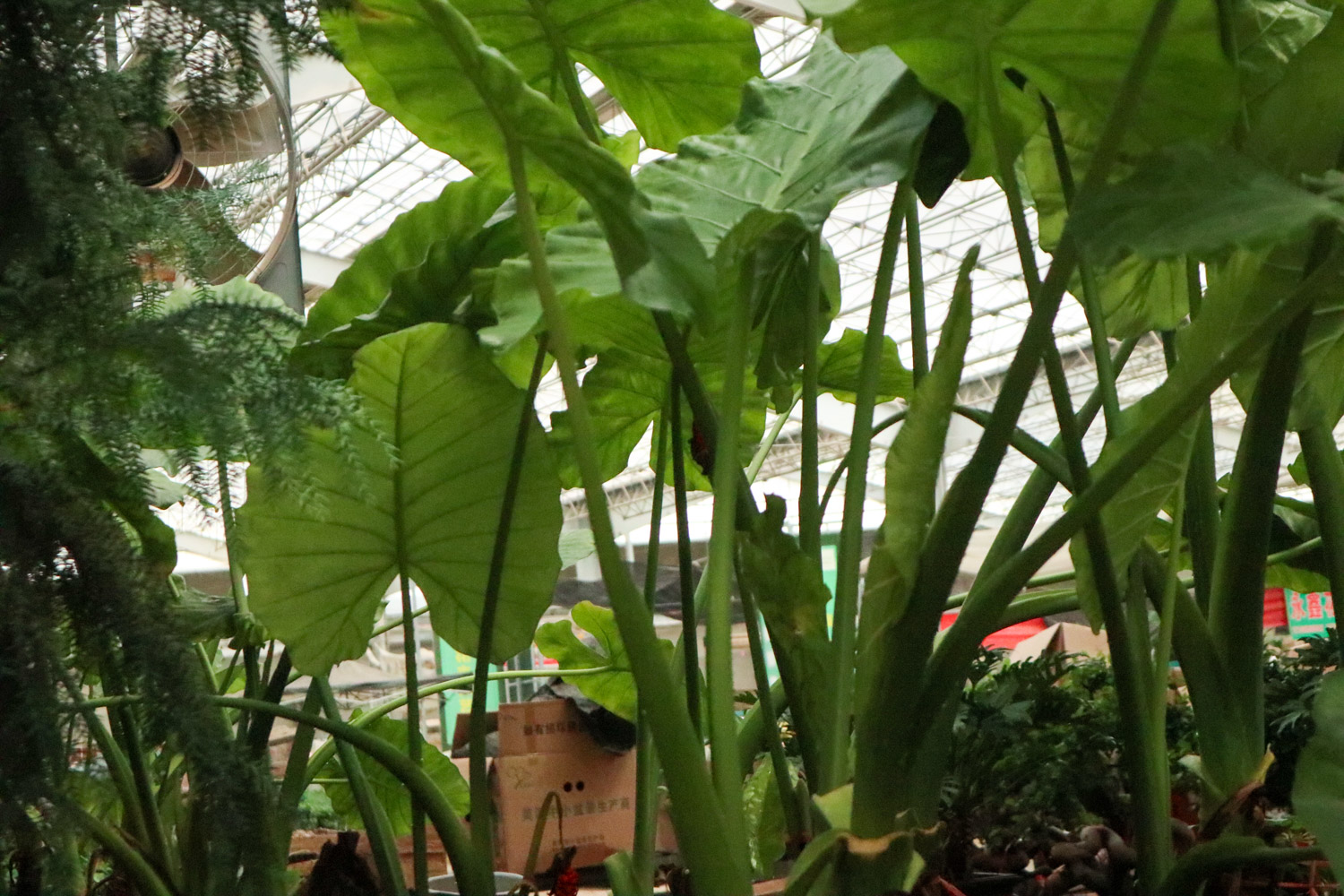
3. Watering: taro likes to be wet, but it can't be too wet, because it's also afraid of waterlogging. Generally speaking, the substrate can be in a semi wet state, and no ponding is allowed. If it rains a lot, it is also necessary to drain the accumulated water in time
4. Fertilization: taro does not need much fertilizer, but only some base fertilizer can be added to the soil. In addition, topdressing can be applied only slightly during flowering
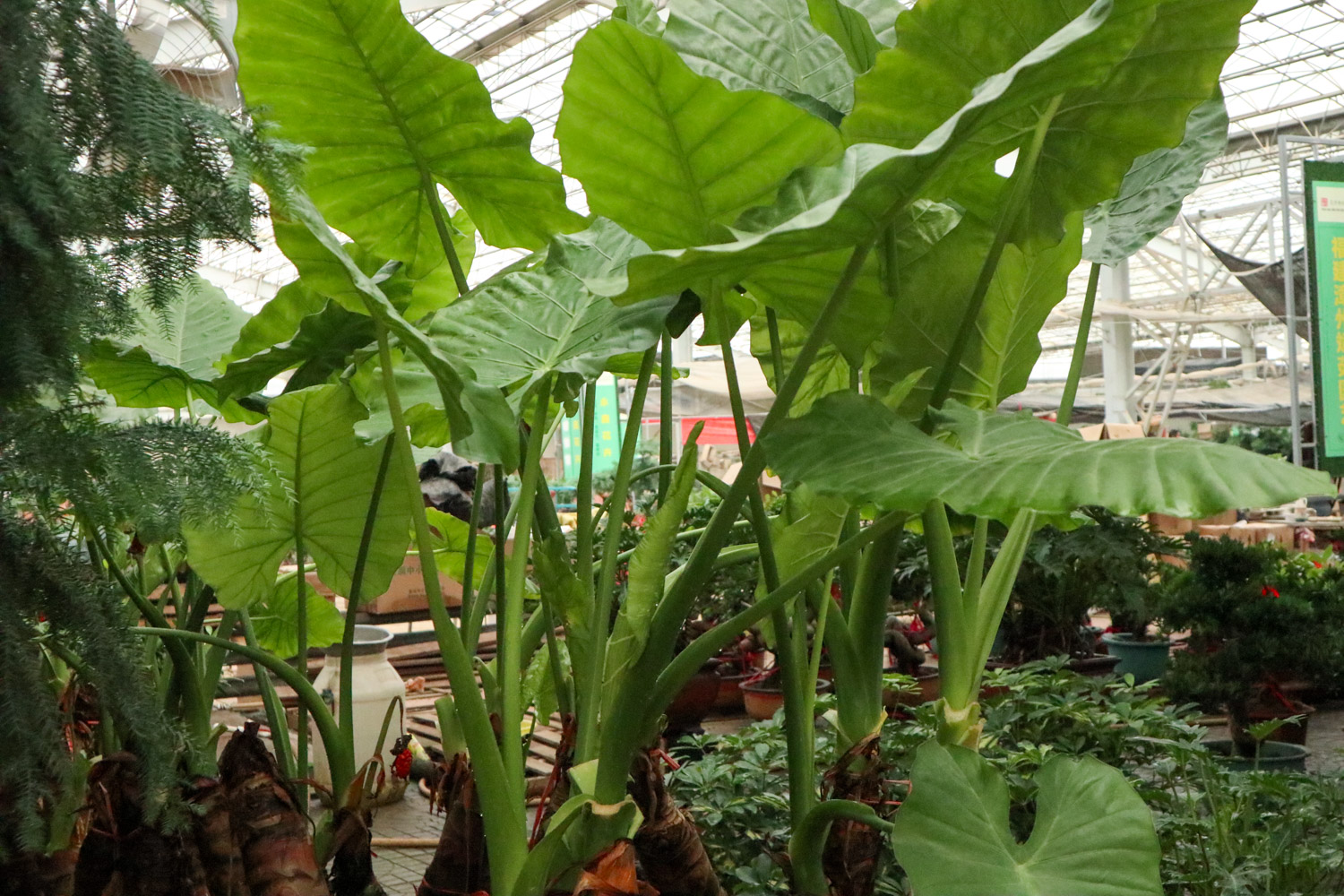
2、 Breeding skills
1. Reproduction: sowing is a common way, "drill sowing" or "on-demand sowing" is OK. When sowing, it needs to be sprinkled evenly one by one, and then covered with a layer of fine soil. Then use a watering can and other tools to replenish water, and be equipped with a sunshade. The sunshade can be opened in the morning and evening for a period of time to make it more breathable, but it must not be opened at noon
2. Pruning: usually pruning is mainly aimed at its leaves, such as aging, dry and yellow leaves. In addition, once diseases and pests occur, pruning is also an important step
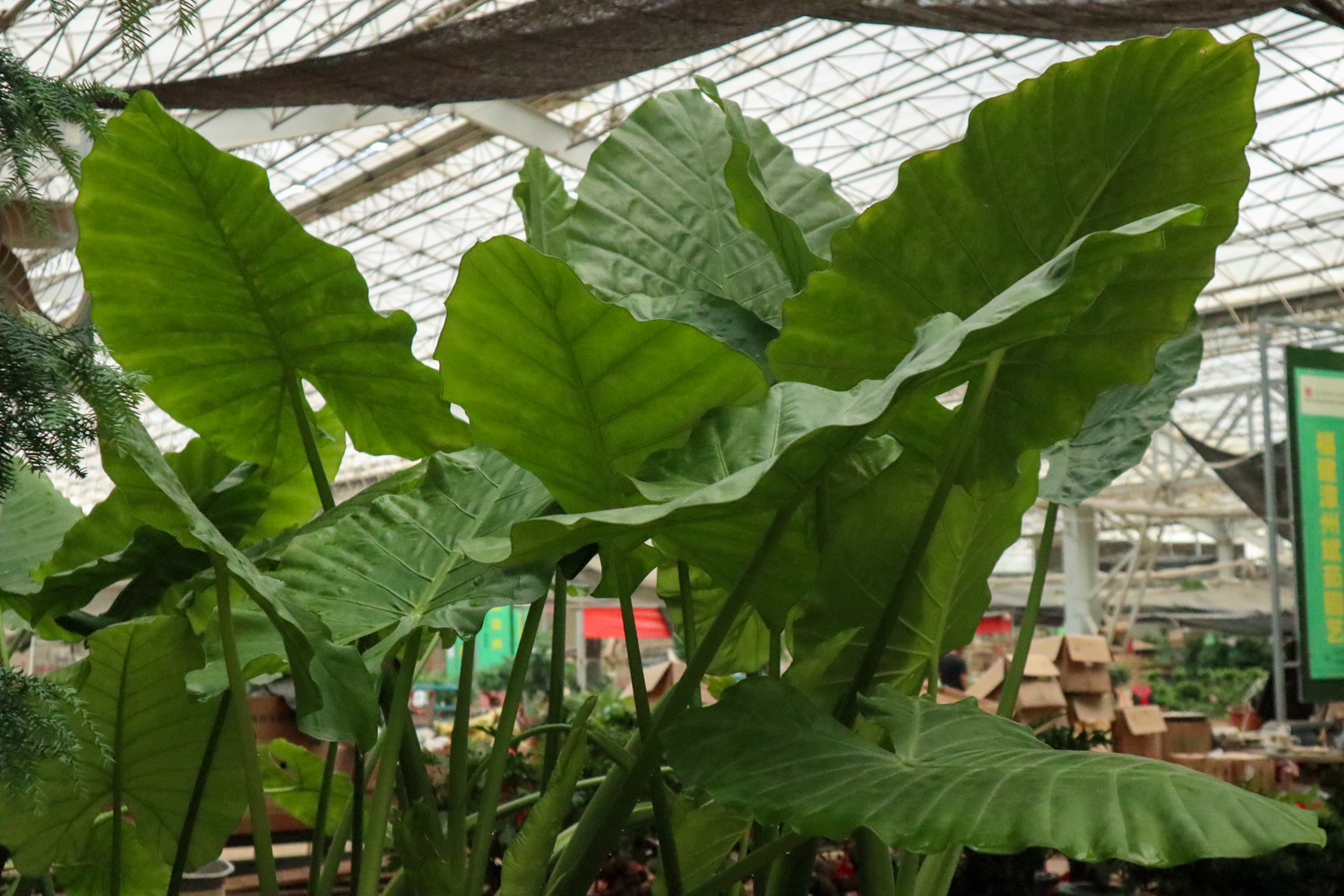
3、 Diagnosis and treatment problems
1. Disease: the common disease is "soft rot", which occurs in the root and stem, and can be treated with streptomycin. There is also "white silk disease", which will cause serious damage to the leaf parts. Carbendazim can be sprayed, usually once every ten days, and it needs to be sprayed two or three times continuously
2. Insect pest: the most common and serious one is "scale insect". It can also spread some diseases, so it is very harmful. Omethoate solution can be used for spraying
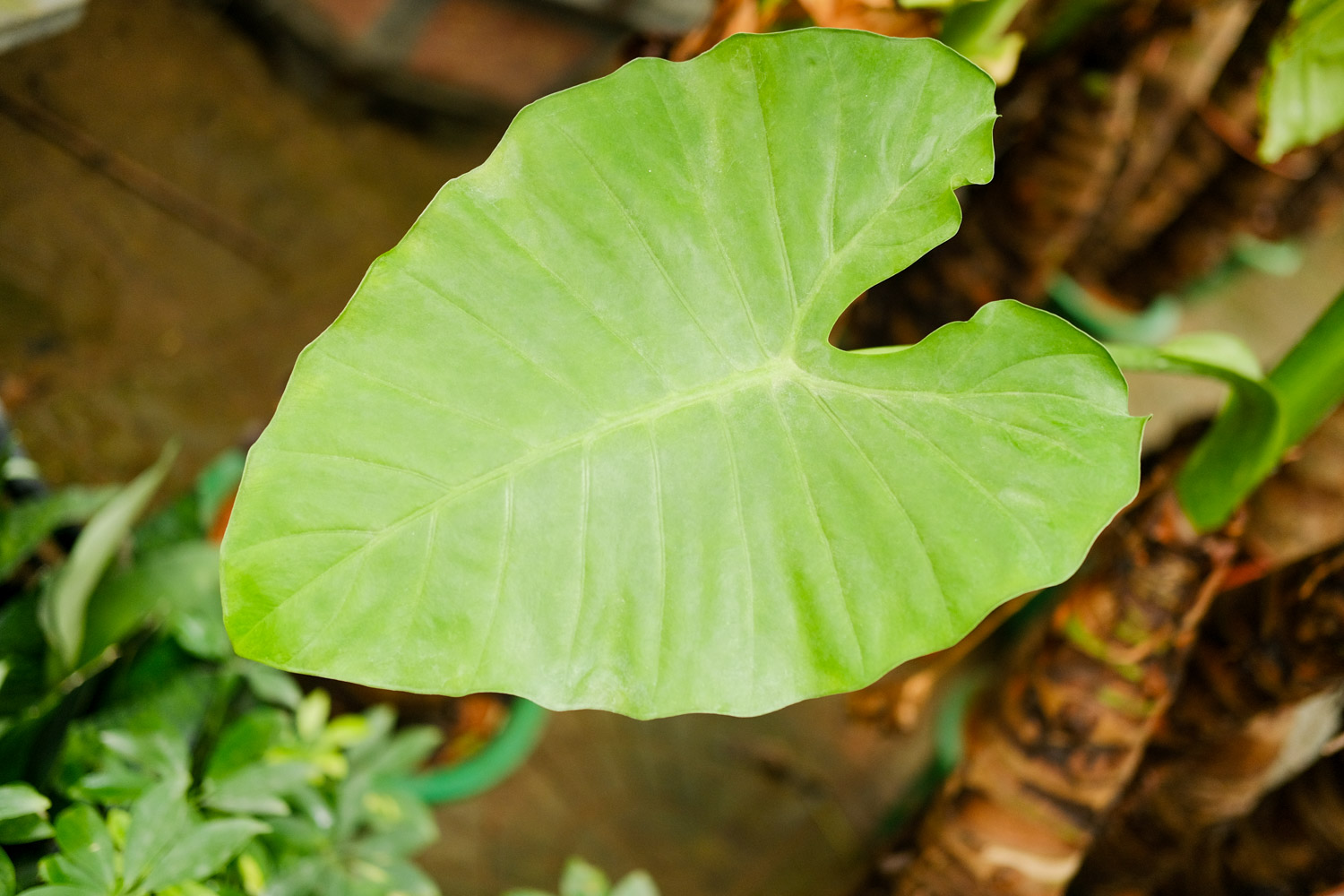
4、 Other issues
1. Toxicity: it is toxic and the whole plant is toxic. It exists in juice and cannot be eaten
2. Whether it can be raised at home: Yes, and it is widely used in gardens

 jackfruit
jackfruit snake plant
snake plant hibiscus
hibiscus hydrangea
hydrangea lavender
lavender Green roses climb al...
Green roses climb al... If you don't pay att...
If you don't pay att... Management of four g...
Management of four g...

